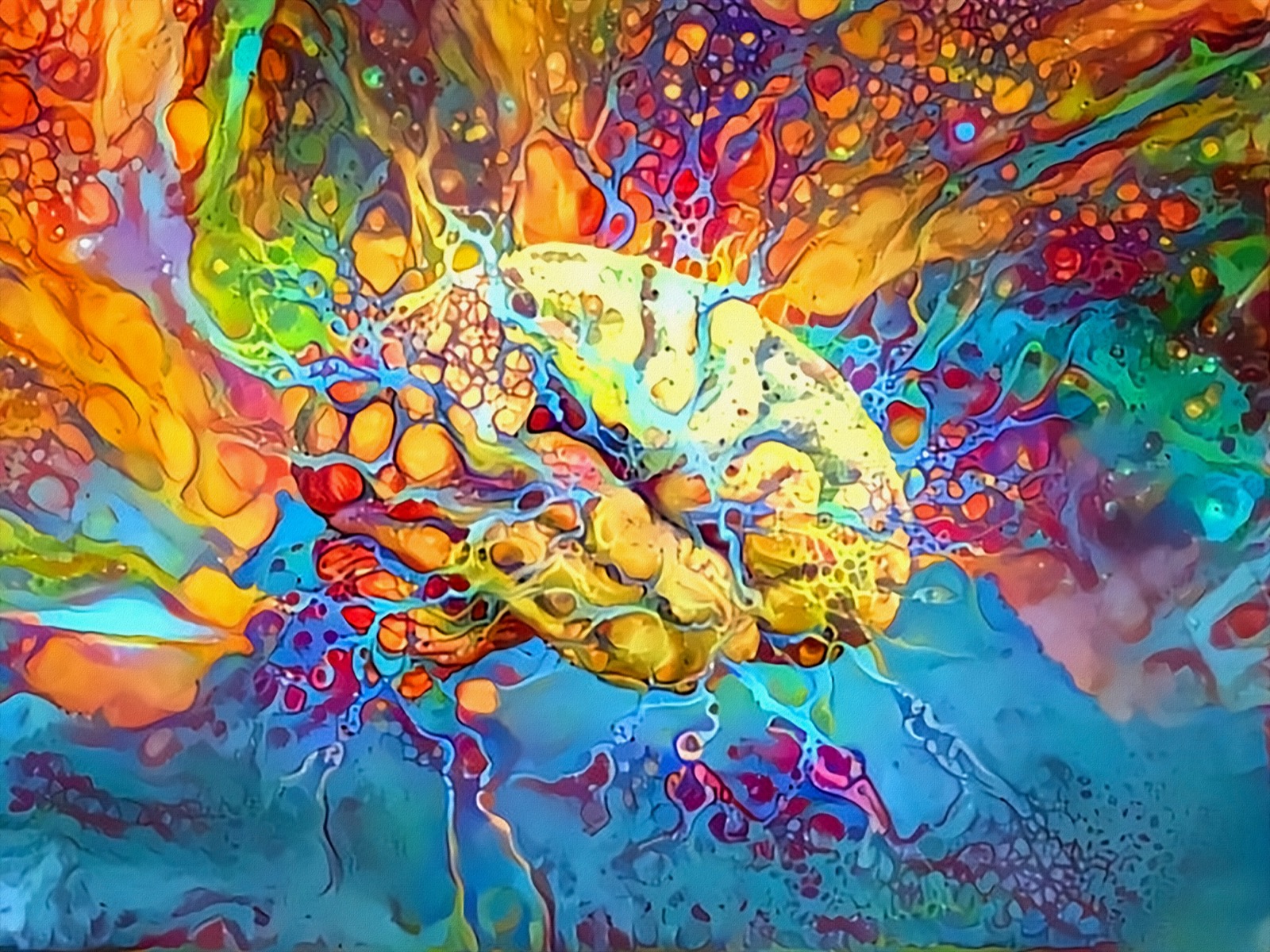Checking out the Impact of Trump Art on Contemporary Political Commentary
Checking out the Impact of Trump Art on Contemporary Political Commentary
Blog Article
Beginning on a Visual Journey With the Lyrical Analyses of Nature in Impressionist Landscapes
Each brushstroke, each play of light and shadow, and each shade option in their jobs talks volumes about the musicians' deep connection to nature and their ability to convert its charm onto the canvas. As we check out the lyrical analyses of nature in Stylist landscapes, we are invited to submerse ourselves in a world where fact and feeling link, providing a glimpse right into the artists' extensive gratitude for the all-natural world.
The Fascinating Brushstrokes of Claude Monet
Claude Monet's mastery of brushstrokes transcends plain method, imbuing his landscapes with a spiritual top quality that mesmerizes and astounds audiences - trump art. His cutting-edge use of shade and light, combined with his distinctive brushwork, produces a sense of motion and life within his paints. Monet's prominent collection of works portraying water lilies and his legendary haystacks showcase his capability to capture the short lived impacts of light and atmosphere

Embracing Light and Darkness With Camille Pissarro
Personifying a comparable reverence for the interaction of light and darkness, Camille Pissarro's creative vision unfolds as an unified exploration of the natural world's luminescent nuances. Pissarro, a crucial figure in the Impressionist activity, masterfully recorded the dynamic relationship between light and darkness in his landscapes. His experienced use shade and brushwork permitted him to convey the subtle changes in light that specify various times of day and seasons.
Pissarro's paintings frequently feature spotted sunshine filtering system through fallen leaves, casting elaborate patterns of light and darkness on the planet listed below. In jobs such as "Hoar Frost, the Effect of Snow, Pontoise," Pissarro skillfully portrays the crisp brightness of winter sunlight compared with the great darkness that specify the snowy landscape. By embracing both light and darkness in his make-ups, Pissarro invites audiences to immerse themselves in the all-natural appeal and short-term results of light on the planet around them.

With Pissarro's jobs, we are advised of the transformative power of light and darkness, welcoming us to stop briefly and value the short lived moments of appeal present in the daily landscapes that border us.
A Harmony of Colors by Edgar Degas
Edgar Degas manages a lively symphony of colors in his masterful artworks, instilling his make-ups with a vibrant interaction of colors that mesmerize the customer's look. Understood mostly for his ballet dancers and intimate scenes of Parisian life, Degas expertly adjusted shades to communicate mood and movement in his paintings. trump art. His usage of vibrant, different colors and subtle tonal variants created a sense of deepness and vibrancy within his jobs
Degas' shade combination usually included rich blues, deep environment-friendlies, and cozy oranges, which he used with confident brushstrokes to capture the significance browse around here of his subjects. Whether portraying a ballerina mid-performance or a team of buddies conversing at a coffee shop, Degas' colors not just illustrated the scene however also stimulated a sense of feeling and energy.
Furthermore, Degas' experimentation with light and darkness added an extra layer of intricacy to his shade make-ups, improving the overall ambience of his paintings (trump art). Via his skillful adjustment of color, Degas developed a visual harmony that remains to reverberate with audiences today
Exploring Nature's Tranquility With Berthe Morisot
Berthe Morisot's creative vision supplies a peaceful separation from the lively shade harmonies of Edgar Degas, as she catches the tranquility of nature in her evocative landscapes. Recognized for her delicate brushwork and intimate representations of everyday life, Morisot's landscapes show a feeling of tranquility and harmony.
Morisot's paints frequently include soft, muted tones that communicate a feeling of calmness and tranquility. Her works, such as "The Cradle" and "Summertime's Day," display her ability to catch the refined beauty of nature in a method that is both comforting and contemplative to More Help the visitor.
Unlike some of her Impressionist equivalents that concentrated on bold shades and dynamic structures, Morisot favored to develop gentle, introspective scenes that welcome the visitor to pause and reflect. Through her skillful usage of light and darkness, Morisot creates a sense of harmony that reverberates with the visitor on a deep psychological degree.
The Psychological Landscapes of Vincent Van Gogh
Vincent Van Gogh's landscapes vividly convey a depth of emotion through their dynamic brushwork and expressive use color. The Dutch post-impressionist artist is renowned for his capability to catch extreme and raw feelings in his paintings, going beyond typical depictions of nature. Van Gogh's tumultuous personal life, noted by psychological wellness struggles, greatly affected his art, instilling his landscapes with a feeling of worry, moody, or enthusiasm.
In works such as "Starry Evening" and "Wheatfield with Crows," Van Gogh's swirling brushstrokes and vibrant shade selections stimulate an extensive emotional reaction from audiences. The rough skies and agitated landscapes in his paintings mirror his internal turmoil and psychological disturbance, welcoming customers to look into the complexities of his subconscious.
Van Gogh's one-of-a-kind visual language, defined by exaggerated perspectives and vibrant usage of color, creates landscapes that reverberate with viewers on a deeply emotional degree. With his art, Van Gogh invites us to see nature not equally as an outside truth but as a mirror of our innermost feelings and emotions.
Verdict
In final thought, the impressionist landscapes of artists such as Claude Monet, Camille Pissarro, Edgar Degas, Berthe Morisot, and Vincent Van Gogh supply a special and fascinating visual analysis of nature. With their use of brushstrokes, emotion, shade, and light, these musicians have actually created a harmony of pictures that stimulate a sense of calmness and beauty in the environment. Their works remain to influence and charm viewers with their lyrical interpretations of the landscapes around us.
Each brushstroke, each play of light and darkness, and each color selection in their works speaks quantities about the artists' deep link to nature and their capacity to translate its appeal onto the canvas. His innovative use of shade and light, incorporated with his distinctive brushwork, produces a feeling of movement and life within his paintings. His skilled usage of color and brushwork enabled him to communicate the refined shifts in light that define various times of day and seasons.

Report this page